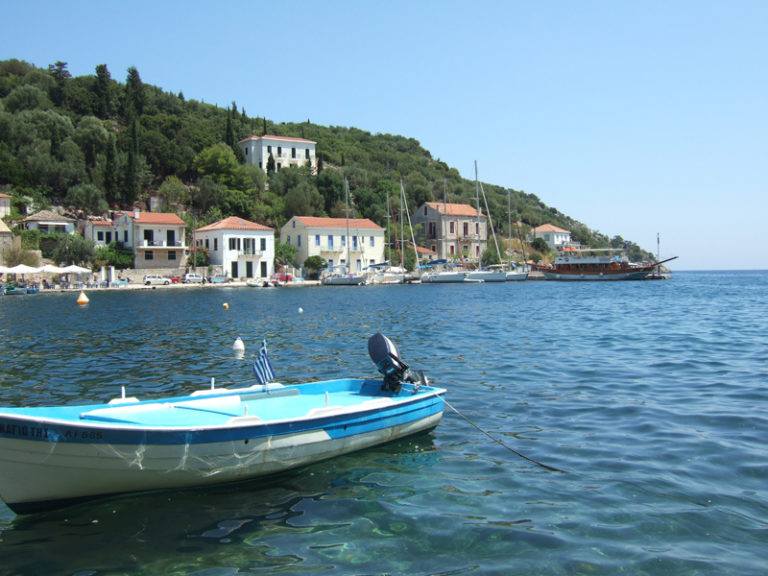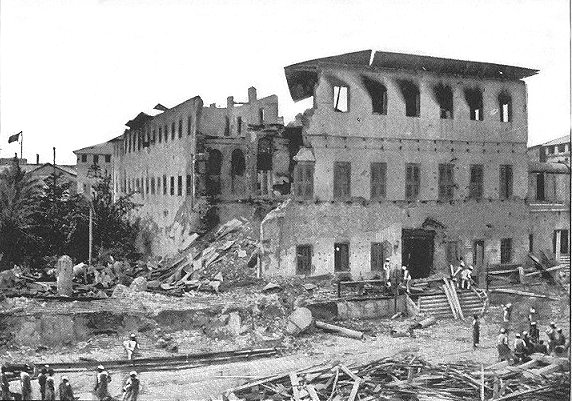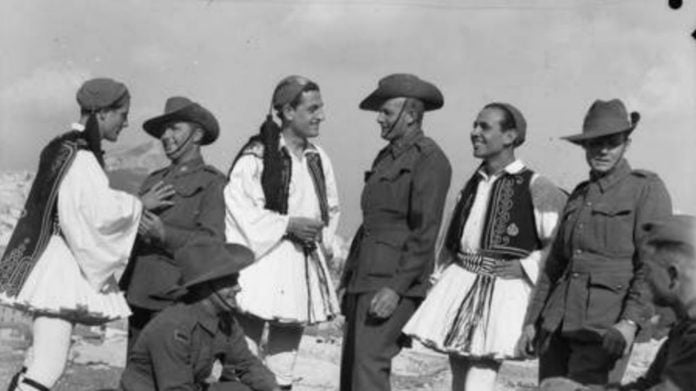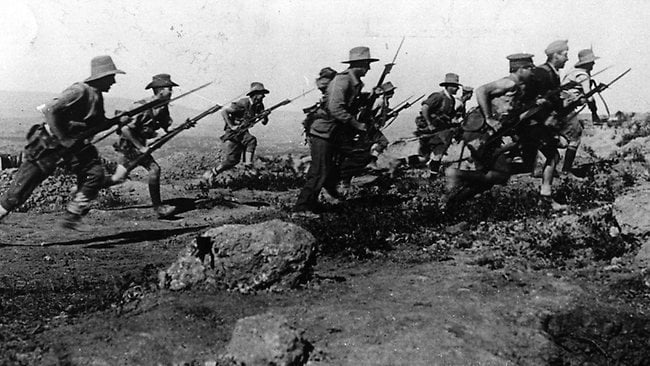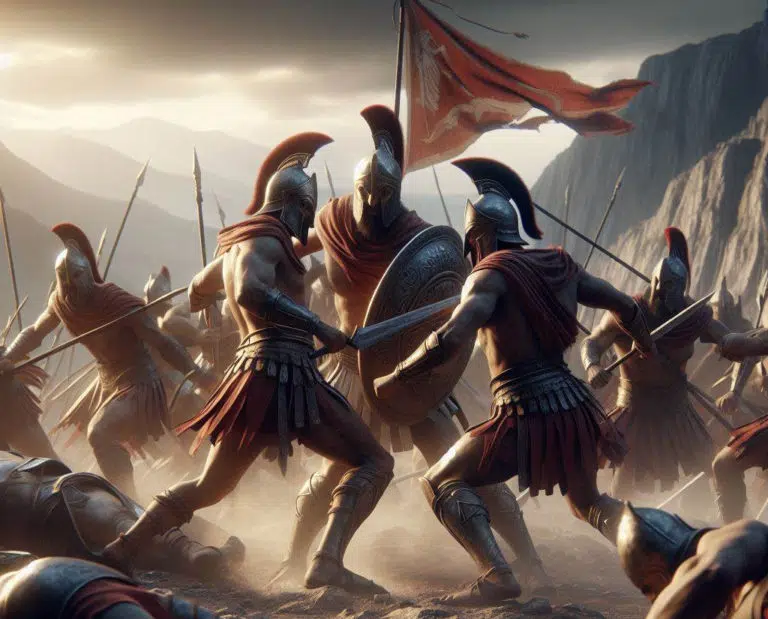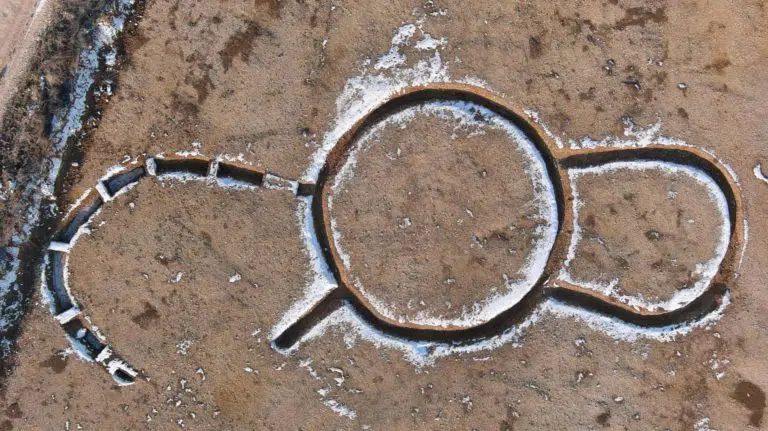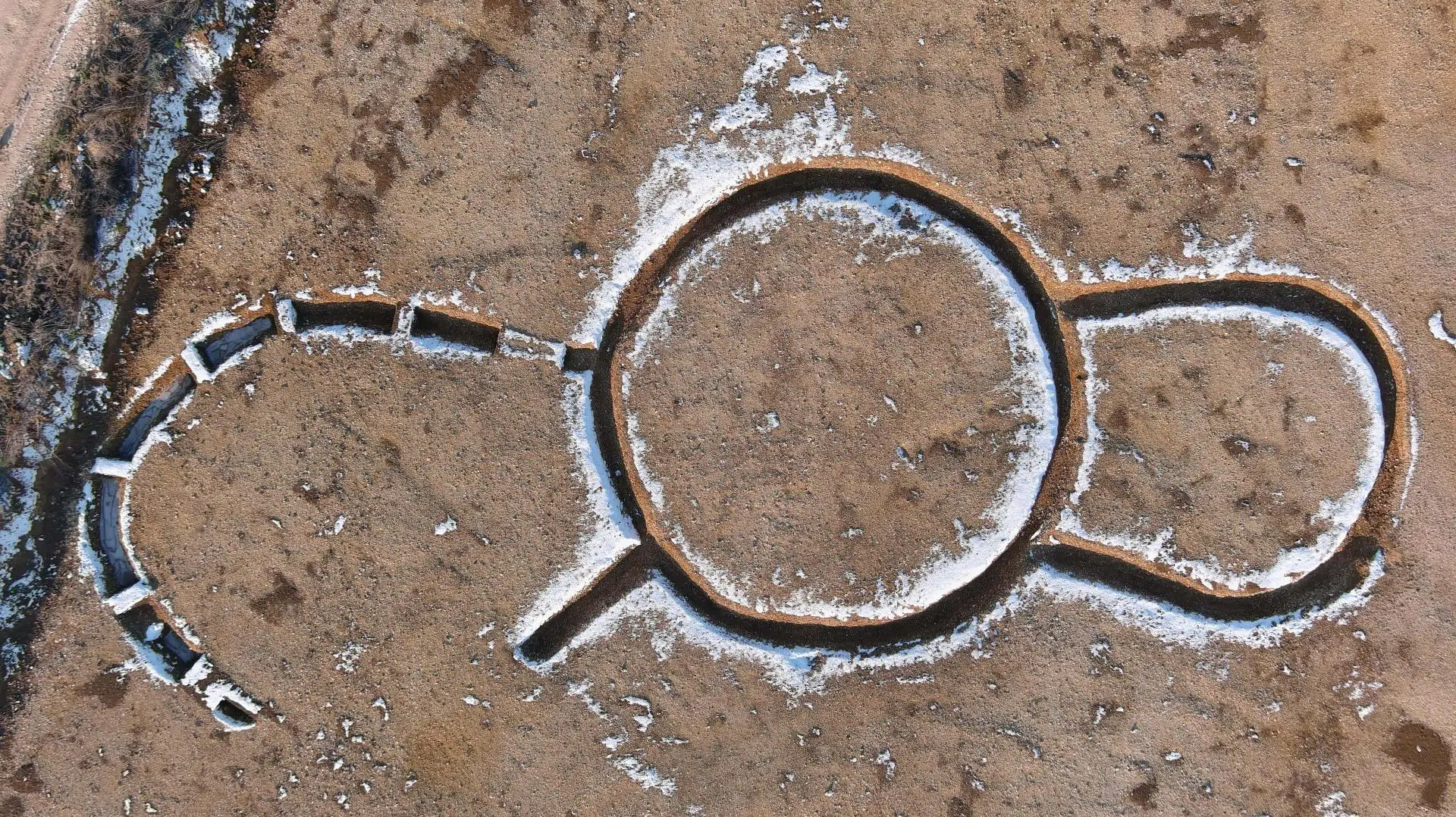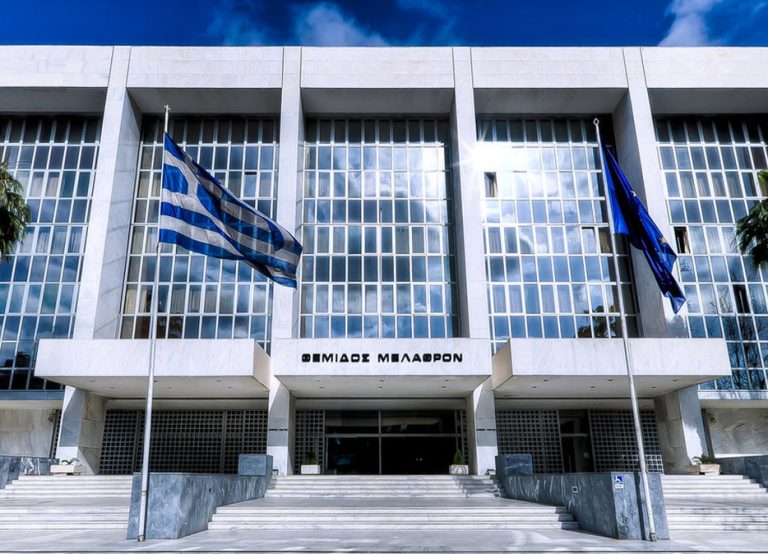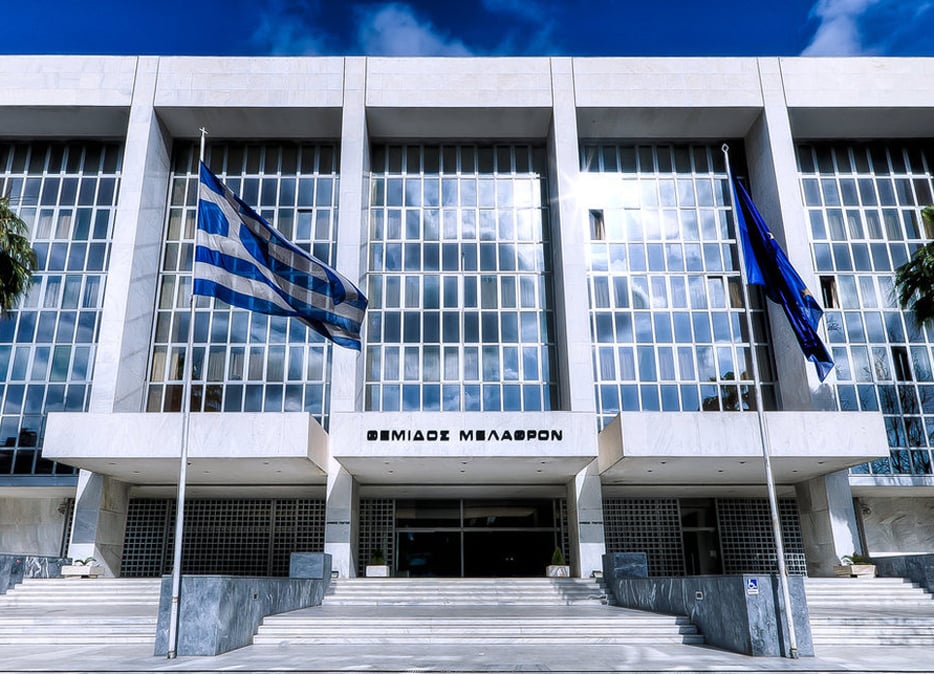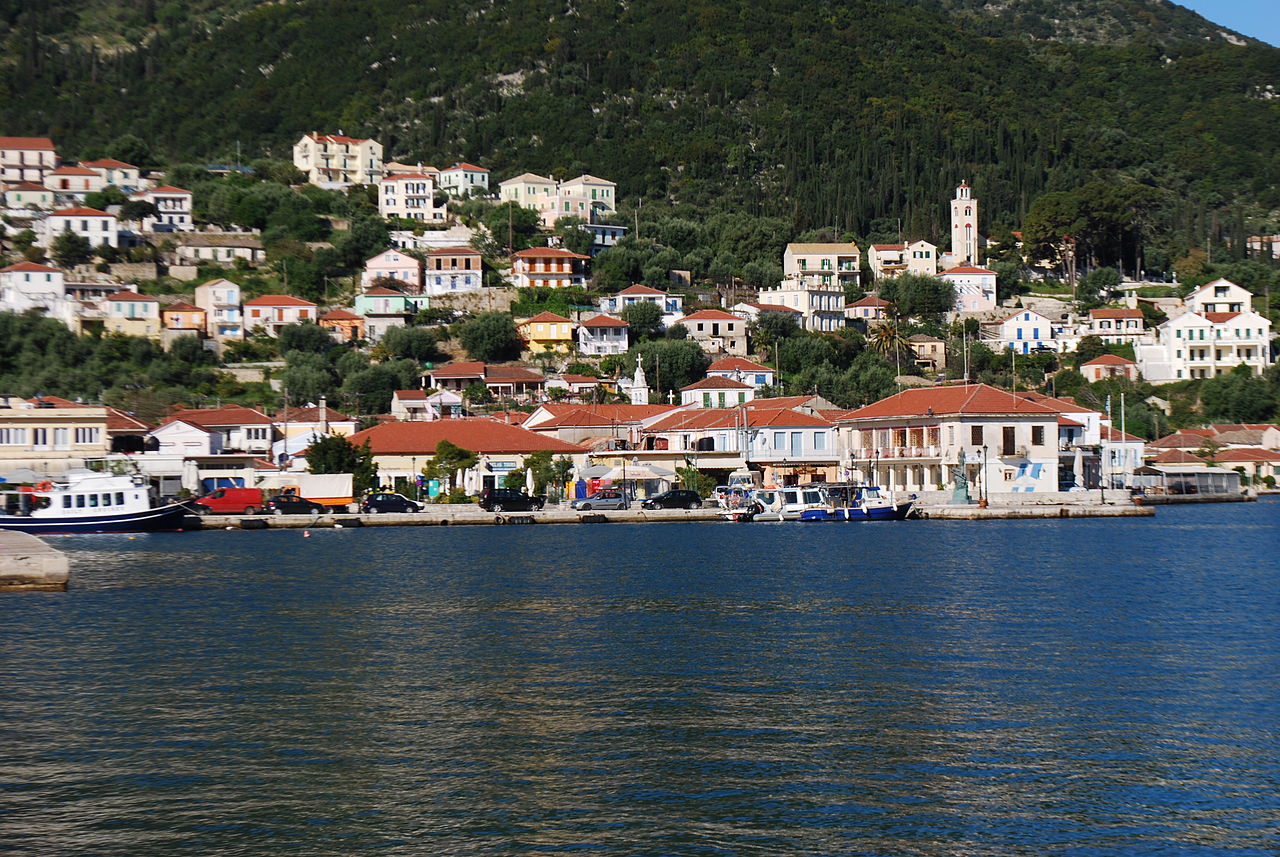
Worldwide famous as the home of Odysseus, the Ionian Island of Ithaca boasts lush green valleys and rugged hills, while hiking trails lead walkers to hidden ruins and stunning sea views.
Today, it is a peaceful and quiet island ready to be explored.
Explore the Capital of Ithaca, Vathy

Start your visit by exploring the charming capital city of Ithaca, Vathy. The picturesque village, the largest of the island, is built amphitheatrically around a deep and sheltered bay with a narrow entrance.
Stroll along its picturesque waterfront lined with colorful buildings, cafes, and tavernas. Visit the Archaeological Museum of Ithaca to learn about the island’s rich history and mythology.
Visit the Odysseus Trail
Ithaca is famously known as the home of the legendary Greek hero Odysseus. Follow the Odysseus Trail, a hiking path that takes you through scenic landscapes and offers breathtaking views of the island. Visit the Cave of Loizos, believed to be the cave of the nymphs mentioned in Homer’s Odyssey.
Discover Ancient Sites on Ithaca
Explore the ancient ruins on Ithaca, including the archaeological site of Alalkomenes. Marvel at the remnants of ancient walls, tombs, and the impressive Cyclopean walls.Visit the ruins of the Venetian Castle of Paleocastro, offering panoramic views of the island.
Relax on Beautiful Beaches
Ithaca is home to some stunning beaches. Head to Filiatro Beach, a sandy beach with crystal-clear waters, perfect for swimming and sunbathing.
Another popular beach is Sarakiniko, known for its unique white pebbles and turquoise waters. Gidaki Beach is also worth a visit, accessible only by boat or a challenging hike.
Explore Frikes Village
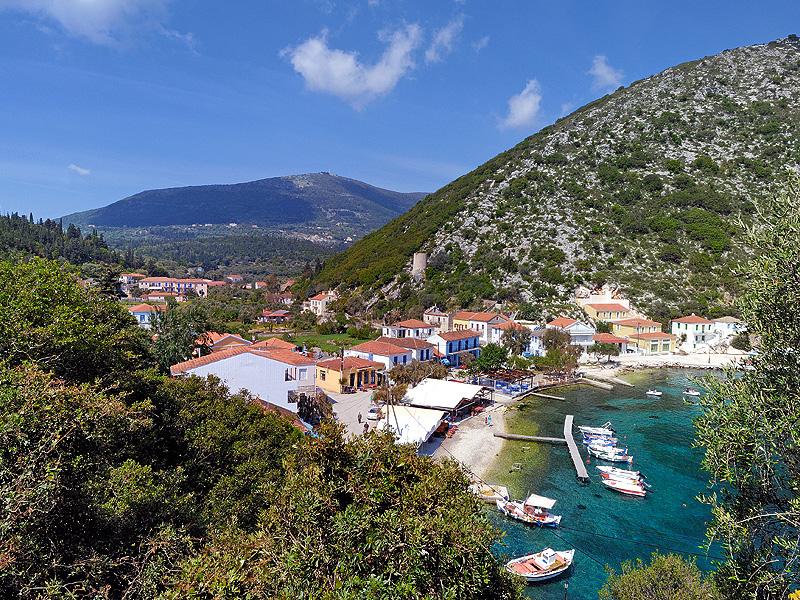
Visit the picturesque fishing village of Frikes, located on the northeast coast of Ithaca. Wander through its narrow streets, lined with traditional houses and waterfront tavernas. Enjoy fresh seafood while admiring the colorful fishing boats in the harbor.
Discover Kioni Village

Another charming village to explore is Kioni, nestled in a scenic bay on the southeastern coast of Ithaca. Enjoy the traditional atmosphere as you walk along the waterfront promenade, lined with cafes and tavernas. Admire the colorful houses and yachts docked in the harbor.
Take a Boat Trip
Embark on a boat trip around the island to discover its hidden coves and secluded beaches. Enjoy the crystal-clear waters and snorkel in the turquoise sea. Many boat tours also include stops at neighboring islands, such as Meganisi and Kefalonia.
Hike to Exogi Village
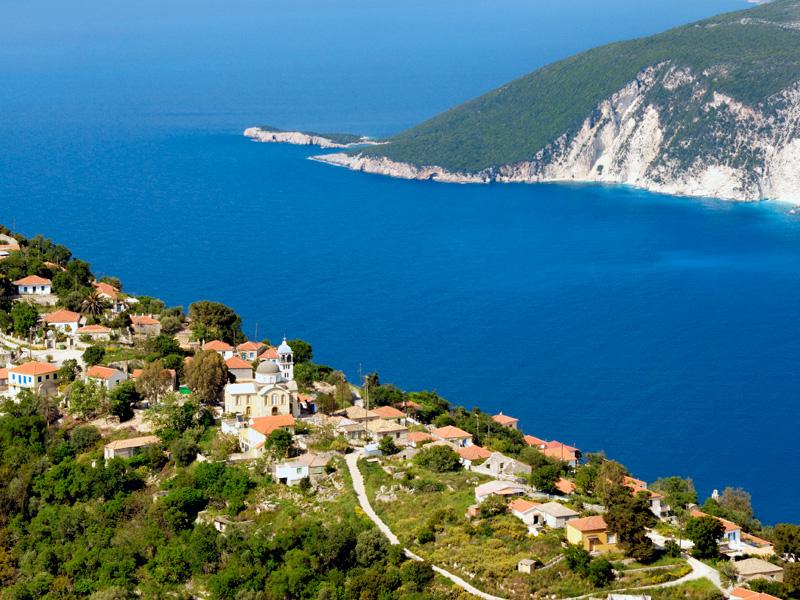
Lace up your hiking boots and trek to the hillside village of Exogi. Enjoy the scenic trail, passing through olive groves and vineyards. Once in Exogi, explore its traditional architecture, visit the church of Agios Ioannis, and take in panoramic views of the Ionian Sea.
Visit the Monastery of Kathara
Located on the highest peak of Ithaca, the Monastery of Kathara offers a serene and spiritual experience. Enjoy the tranquility of the surroundings, admire the Byzantine architecture, and take in breathtaking views of the island from the monastery.
Sample the Cuisine of Ithaca
Indulge in the flavors of Ithaca by trying the island’s delicious cuisine. Visit traditional tavernas and taste local specialties such as rabbit stew, homemade cheese, and freshly caught seafood. Don’t forget to pair your meal with a glass of local wine or the famous Ithaca honey.
Overall, Ithaca has retained a feeling of moderation, something that is on the verge of disappearing on many islands where tourism has developed further.
Above all, the island has managed to preserve its romance, the kind described by the poet Cavafy in his famous lines:
“Keep Ithaka always in your mind.
Arriving there is what you’re destined for.
But don’t hurry the journey at all.
Better if it lasts for years,
so you’re old by the time you reach the island,
wealthy with all you’ve gained on the way,
not expecting Ithaka to make you rich.
Ithaka gave you the marvelous journey.
Without her you wouldn’t have set out.
She has nothing left to give you now.
And if you find her poor, Ithaka won’t have fooled you.
Wise as you will have become, so full of experience,
you’ll have understood by then what these Ithakas mean.”



